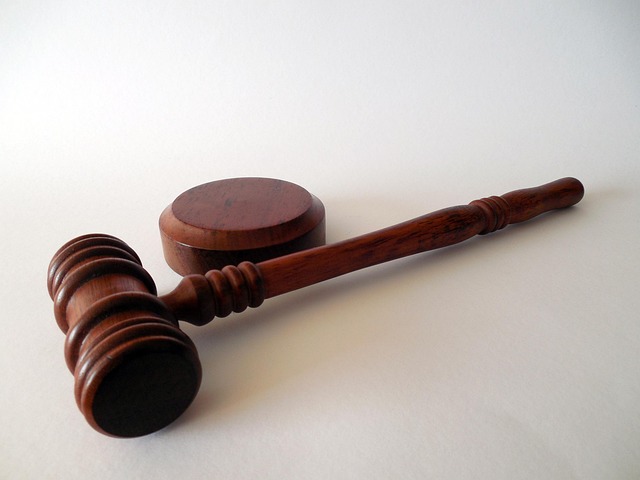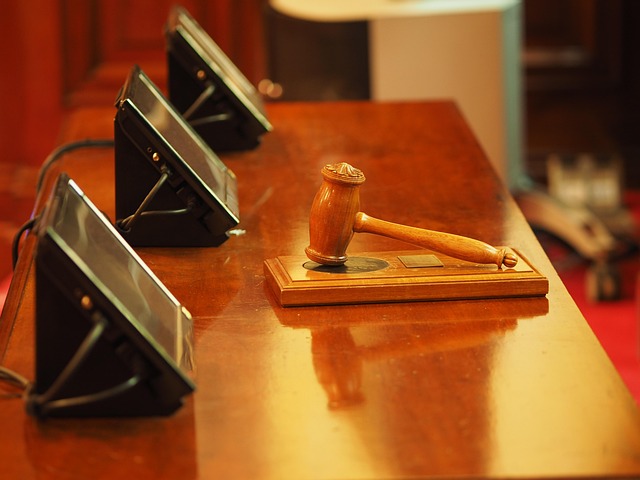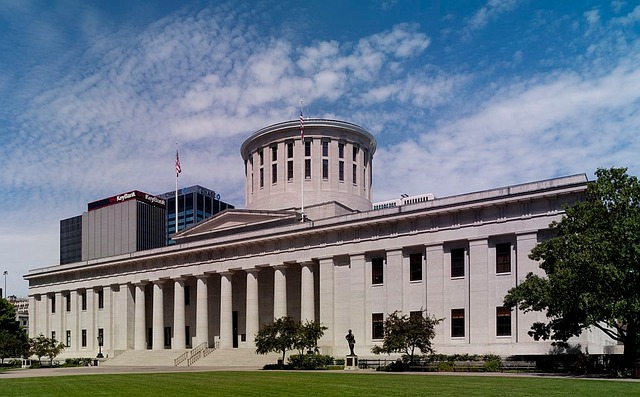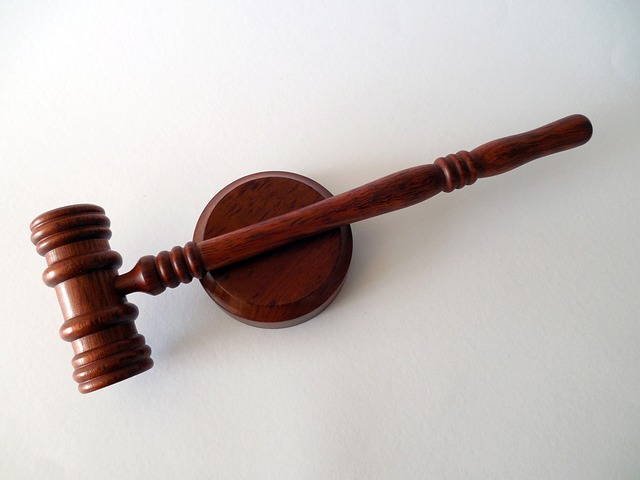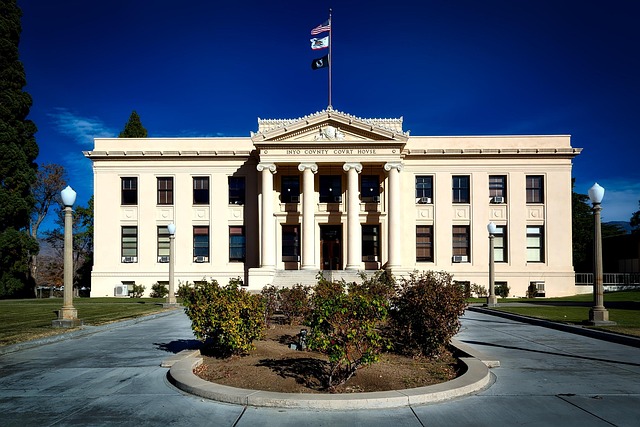The "Steps in Criminal Procedure Litigation" section provides a comprehensive guide to the criminal justice process, from arrest to sentencing. It highlights key stages such as initial appearance, motions hearings, discovery, trial, and post-trial options, emphasizing the importance of legal representation for fair outcomes. This text distinguishes civil vs. criminal litigation, showcasing how unique procedures and objectives shape each process. Special proceedings, tailored for complex disputes, follow these steps, ensuring fairness and a proven track record in resolving intricate matters like environmental and intellectual property cases.
Litigation is a complex process, and understanding its various types is essential for anyone involved. This article provides an in-depth exploration of the steps in criminal procedure litigation, offering a comprehensive guide from arrest to verdict. We’ll dissect the nuances between civil and criminal cases and delve into special proceedings. By understanding these key aspects, you’ll gain valuable insights into navigating the legal system effectively.
- Understanding Criminal Procedure Litigation: An Overview
- Steps in the Litigation Process: From Arrest to Verdict
- Key Differences Between Civil and Criminal Cases
- Common Types of Litigation: A Deep Dive into Special Proceedings
Understanding Criminal Procedure Litigation: An Overview
Criminal Procedure Litigation involves a series of steps designed to ensure fairness and due process during criminal cases. It begins with the arrest or citation of an individual suspected of committing a crime, followed by an initial appearance where charges are read out loud. The accused then has the right to retain legal counsel or be assigned a public defender. This crucial stage sets the stage for the entire litigation process, as it determines the trajectory of the case and the rights available to both white collar defense attorneys and their corporate and individual clients.
Subsequent steps include pretrial activities such as motions hearings, discovery (exchange of evidence between parties), and plea negotiations. The trial itself paves the way for presenting evidence, examining witnesses, and delivering legal arguments. After a verdict or plea agreement, post-trial proceedings may include sentencing, appeals, or collateral review options. Understanding these steps in criminal procedure litigation is essential for both defense attorneys advocating for their clients and those seeking to navigate the complex landscape of criminal justice.
Steps in the Litigation Process: From Arrest to Verdict
The criminal litigation process involves a series of distinct steps that culminate in a verdict. It begins with an arrest, where law enforcement officers detain an individual suspected of committing a crime, based on probable cause. This is followed by booking, where basic information is recorded and the accused is informed of their rights, marking the official entry of the suspect into the criminal justice system. The next phase involves all stages of the investigative and enforcement process: from gathering evidence to conducting interviews, experts may be consulted, and legal arguments are prepared for potential court proceedings.
After initial investigations, an indictment or information is filed, outlining the charges against the defendant. This triggers formal courtroom appearances where pleas are entered—guilty, not guilty, or no contest—and pre-trial motions are heard. The trial itself involves presenting evidence, witness testimonies, and legal arguments to a judge or jury, who ultimately decides on the verdict. If convicted, sentencing follows, considering factors like the severity of the crime and prior records. An unprecedented track record for his clients’ successful navigation through these steps showcases an attorney’s expertise in criminal procedure litigation.
Key Differences Between Civil and Criminal Cases
Civil and criminal cases represent two distinct legal processes with fundamental differences in objectives, procedures, and potential outcomes. While civil litigation focuses on resolving disputes between private parties or organizations, seeking damages or specific performance, criminal cases involve the state prosecuting individuals accused of violating criminal laws.
The Steps in Criminal Procedure Litigation differ significantly from civil cases. In criminal proceedings, the government, represented by a prosecutor, initiates the action against an individual (the defendant) who is alleged to have committed a crime. This process includes key stages such as arrest, indictment or information filing, discovery, pretrial hearings, trial, and sentencing. Unlike civil litigation, where the primary goal is compensation or restitution, criminal cases aim to determine guilt or innocence and impose punishment, with potential consequences including fines, imprisonment, or both. An unprecedented track record of success across the country highlights the importance of understanding these differences for his clients.
Common Types of Litigation: A Deep Dive into Special Proceedings
Special proceedings, a subset of litigation, offer unique and tailored legal avenues for resolving disputes outside the conventional courtroom setting. These proceedings are designed to address specific types of cases that require specialized approaches, often involving complex or technical matters. From environmental controversies to intellectual property disputes, special proceedings provide an efficient and targeted framework.
Delving into these processes, we uncover a structured approach consisting of distinct steps in criminal procedure litigation, mirroring the broader legal process yet adapted to special contexts. This methodical approach ensures fairness, transparency, and an unprecedented track record of successful resolutions. By navigating these specialized pathways, legal professionals can help clients avoid indictment and navigate all stages of the investigative and enforcement process with expertise, ultimately securing favorable outcomes.
In understanding the intricate landscape of litigation, graspng the steps in criminal procedure is paramount. From the initial arrest to the final verdict, each phase plays a crucial role in ensuring fairness and justice. By comparing civil and criminal cases and exploring special proceedings, we gain insights into the diverse nature of legal battles. This knowledge equips us to navigate the complexities of litigation with confidence, highlighting the importance of understanding both general principles and specific types.
